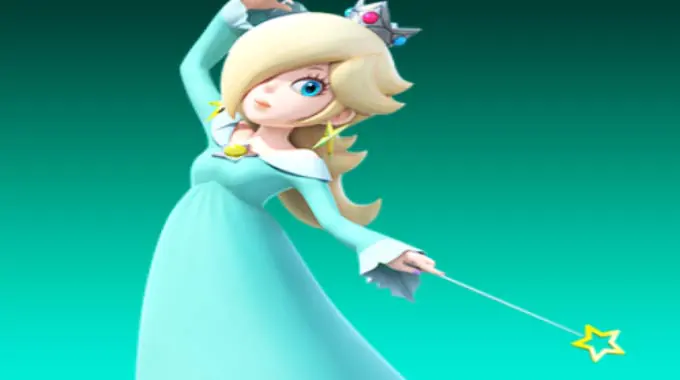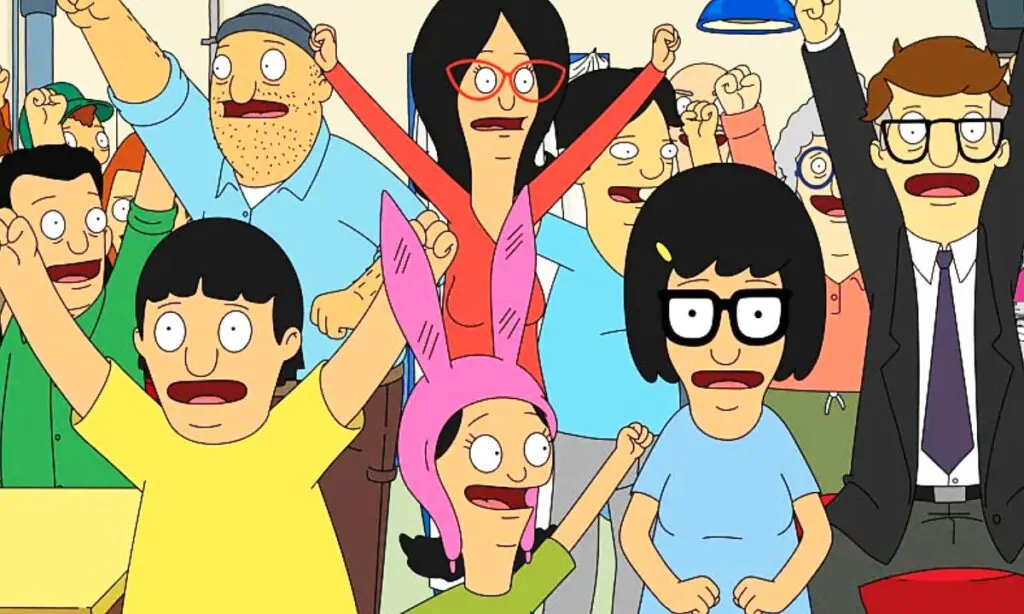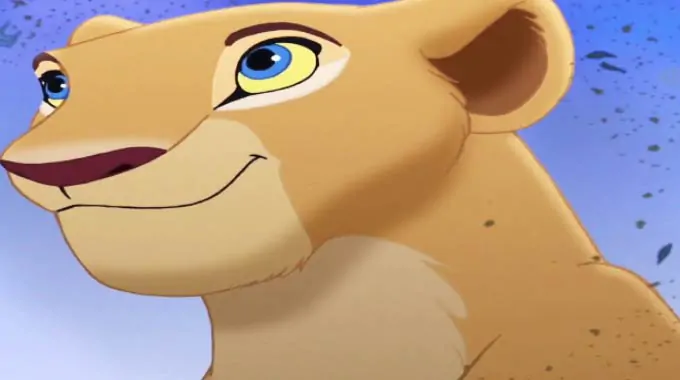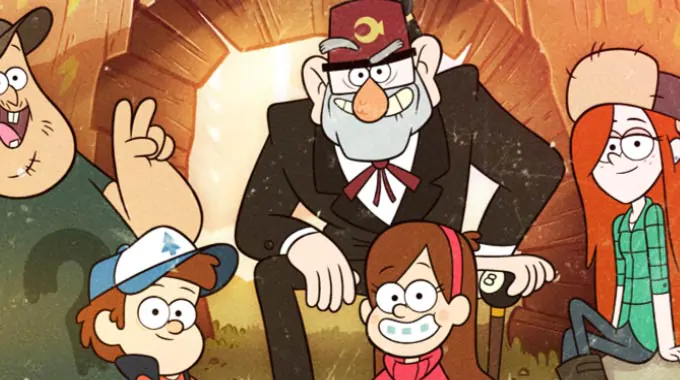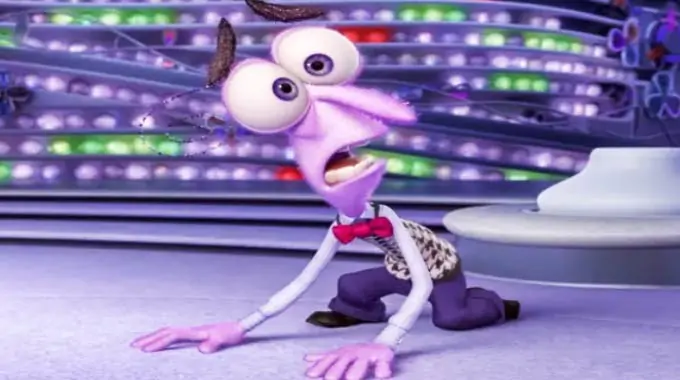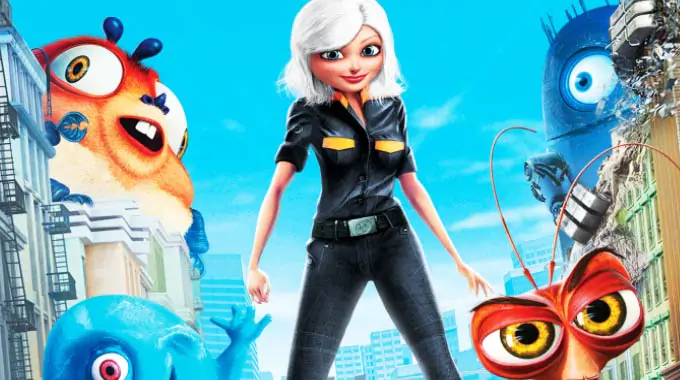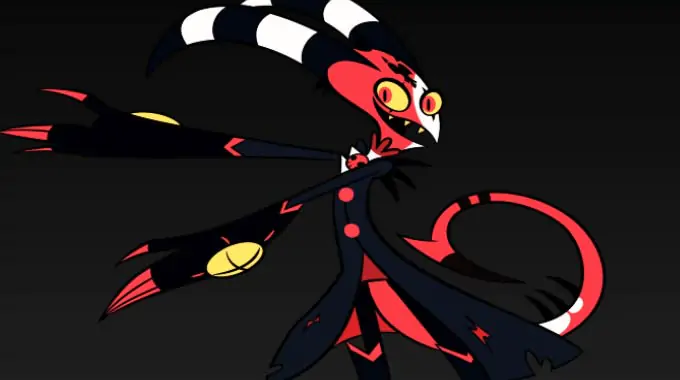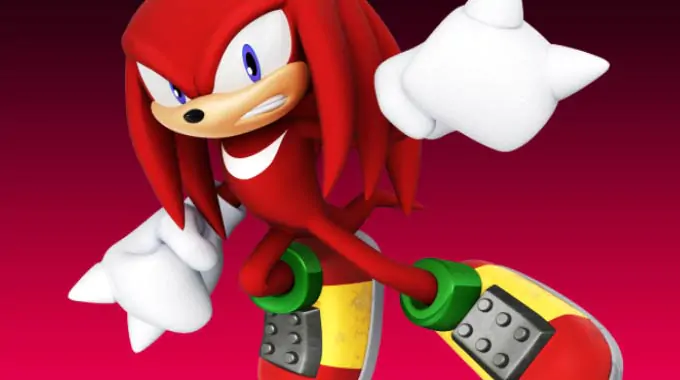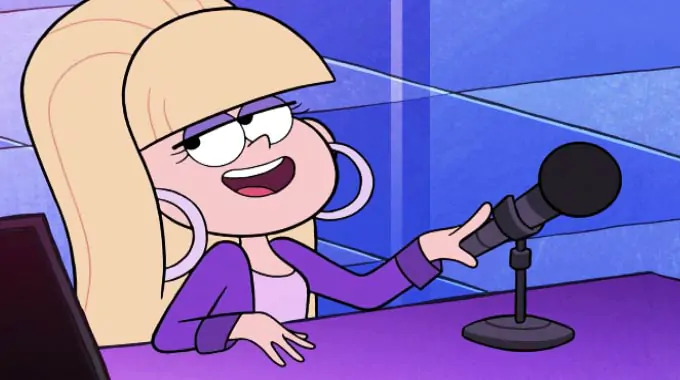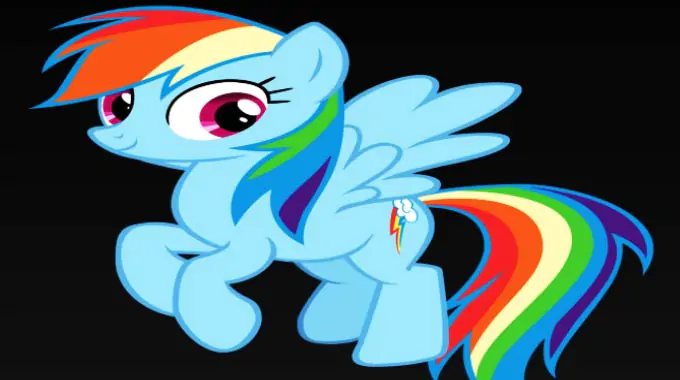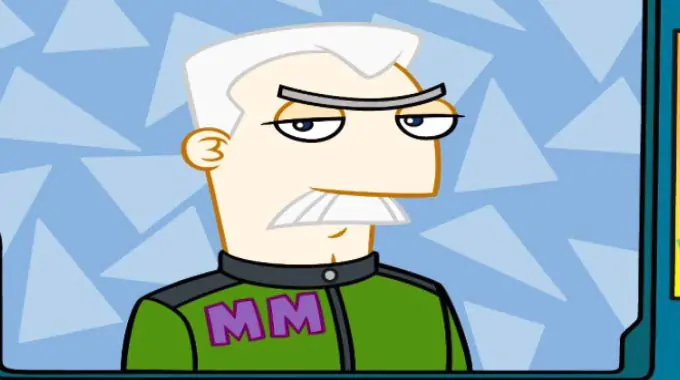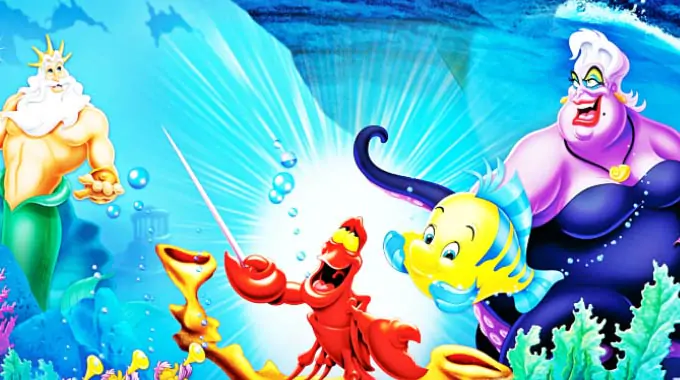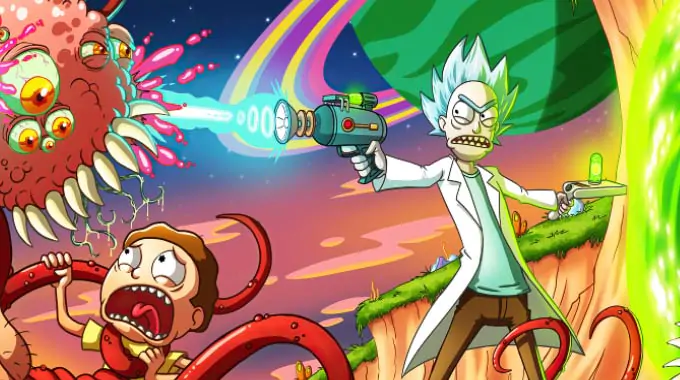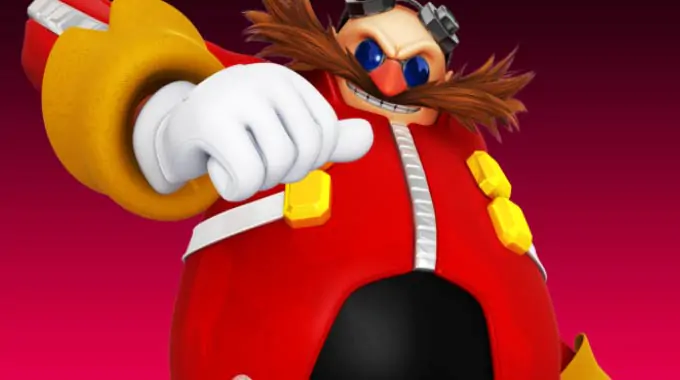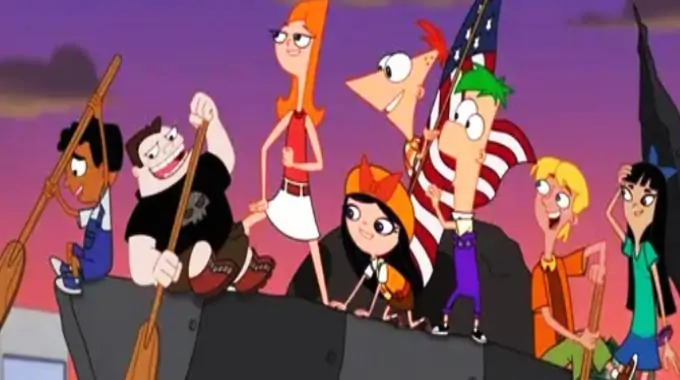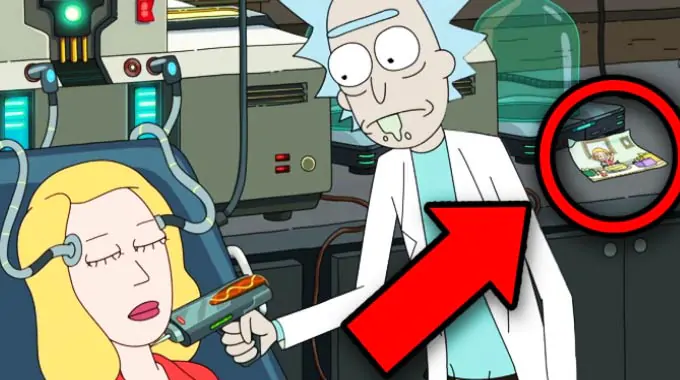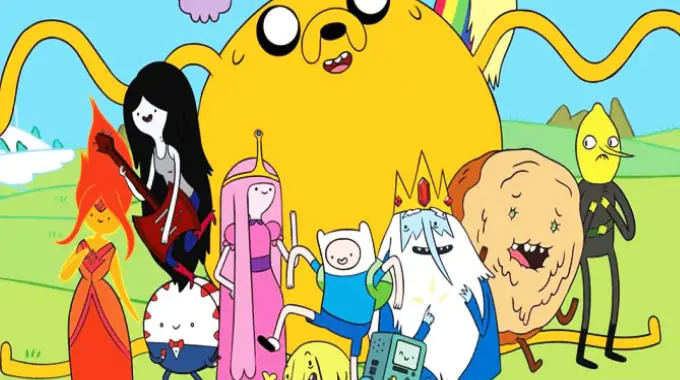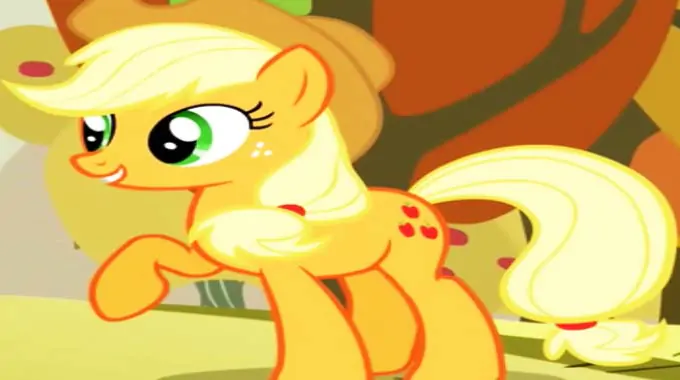List of The Little Mermaid Theories :
Ariel’s transformation into a human was a metaphor for puberty and the transition into adulthood.
Ursula’s character represents the dangers of greed and power, symbolizing a cautionary tale about the consequences of making deals with the wrong people.
The underwater world in The Little Mermaid is a representation of a hidden society that exists beneath the surface of our own world, showcasing the idea that there may be magical realms yet to be discovered.
The character of King Triton, Ariel’s father, can be seen as a representation of overprotective parenting and the struggles of letting go as children grow up.
Ursula’s garden of lost souls could symbolize the consequences of making poor life choices and being trapped in a cycle of regret and despair.
The theme of voice and silence in the film represents the importance of speaking up and finding one’s own voice in a world that tries to silence individuality.
The Little Mermaid reflects the idea that love can conquer all obstacles, even if it means sacrificing one’s own identity.
The character of Sebastian, the crab, serves as a guide and mentor figure for Ariel, showcasing the importance of having supportive allies in our lives.
The story can be interpreted as a commentary on the restrictions placed on women in society and their struggles to break free from traditional gender roles.
The Little Mermaid explores the theme of self-discovery and finding one’s true identity, as Ariel embarks on a journey to understand who she really is.
The film touches on the concept of forbidden love, as Ariel falls in love with a human prince despite knowing it is against the rules of her society.
The ocean in The Little Mermaid represents a vast and unknown world, symbolizing the human desire for exploration and discovery.
The character of Flounder, Ariel’s loyal fish companion, represents friendship and the importance of having trustworthy companions in life.
The film highlights the idea that true love is more than just physical appearance, as Ariel falls in love with Prince Eric based on his personality and character rather than his looks.
The transformation of Ariel’s tail into legs can be seen as a metaphor for the sacrifices we make for love and the challenges we face in adapting to new situations.
The underwater kingdom of Atlantica represents a utopian society, untouched by human flaws and conflicts, showcasing the allure of an ideal world.
The Little Mermaid explores the concept of individuality and the pressure to conform to societal norms, as Ariel rebels against her mermaid identity and seeks a different life.
The character of Scuttle, the seagull, symbolizes the importance of perspective and challenging conventional wisdom.
The film can be seen as a commentary on environmental conservation and the need to protect and preserve our natural resources, as the underwater world faces threats from pollution and human interference.
The portrayal of Ursula as a powerful and independent villain challenges traditional gender roles and stereotypes, depicting a strong female antagonist.
The Little Mermaid touches on the idea of destiny and the belief that our paths in life are predetermined, as Ariel is fated to follow a different path than the one her father envisions for her.
The film explores the theme of sacrifice, as Ariel is willing to give up her voice and risk everything for a chance at love.
The character of Eric represents the allure of the unknown and the desire for adventure, as Ariel is drawn to him and his world.
The Little Mermaid can be interpreted as a coming-of-age story, as Ariel navigates the challenges of growing up and finding her place in the world.
The film reflects the idea that true happiness comes from within and cannot be solely dependent on external factors such as wealth or status.
The relationship between Ariel and her father, King Triton, represents the generation gap and the conflicts that arise between parents and children as they have different perspectives and aspirations.
The character of Ursula can be seen as a manifestation of Ariel’s inner fears and doubts, representing the internal struggles she faces on her journey.
The Little Mermaid showcases the power of music and its ability to transcend boundaries and bring people together.
The film explores the theme of redemption, as Ursula is ultimately defeated and Ariel’s father learns to accept and support her choices.
The story can be interpreted as a metaphor for the LGBTQ+ experience, with Ariel’s transformation representing the process of self-acceptance and coming out.
Ariel: Ariel’s fascination with the human world represents a desire for independence and freedom from her restrictive mermaid life.
Prince Eric: Eric’s inability to recognize Ariel when she loses her voice suggests that he is drawn to her essence and personality rather than her physical appearance.
King Triton: Triton’s overprotectiveness towards Ariel stems from his own past experiences and traumas, making him fear for his daughter’s safety.
Ursula: Ursula’s octopus-like appearance symbolizes her ability to manipulate and entangle others in her schemes.
Flounder: Flounder’s loyalty to Ariel is driven by his own desire for adventure and excitement outside of his comfort zone.
Sebastian: Sebastian’s role as a conductor in the underwater orchestra represents his desire to bring harmony and order to the chaotic underwater world.
Scuttle: Scuttle’s tendency to provide inaccurate information about the human world could be interpreted as his way of feeling important and knowledgeable.
Flotsam and Jetsam: The electric eels Flotsam and Jetsam may represent the temptations and allure of the dark side, leading Ariel into dangerous territory.
Carlotta: Carlotta’s nurturing and protective nature towards Ariel could be attributed to her own past experiences and a deep understanding of the challenges faced by young mermaids.
Grimsby: Grimsby’s skepticism about Eric’s romantic notions could stem from his own failed experiences in love, making him wary of fairy tale-like situations.
Max: Max’s unwavering loyalty to Eric symbolizes the bond between humans and animals, showcasing the capacity for unconditional love.
King Triton’s Daughters (Attina, Alana, Adella, Aquata, Arista, and Andrina): Each of Triton’s daughters may represent different facets of femininity and individual personalities, reflecting the diversity of women.
Chef Louis: Chef Louis’s obsession with cooking seafood can be interpreted as a dark irony, symbolizing the conflict between different species in the ocean.
Grimsby’s Butler: The butler’s comedic clumsiness may represent the theme of unexpected friendships and connections that can form in the most unlikely circumstances.
Ursula’s Garden of Lost Souls: The garden could be seen as a physical manifestation of the regrets and sorrows of those who made deals with Ursula, serving as a warning of the consequences of selfish desires.
Ursula’s Tentacles: Ursula’s tentacles symbolize her control and manipulation over others, emphasizing her power and dominance.
Carlotta’s Relationship with Ariel: Carlotta’s motherly affection towards Ariel could be seen as a reflection of her own longing for motherhood or a lost relationship with her own child.
Triton’s Trident: The trident represents the source of Triton’s power and authority, but also his burden of responsibility in maintaining the balance and order of the underwater kingdom.
Eric’s Crew: Eric’s loyal crew may symbolize the importance of friendship and teamwork in overcoming obstacles and achieving goals.
The Sea Creatures: The sea creatures’ participation in Ariel’s quest to become human demonstrates the significance of unity and collective support.
Eric’s Statue: The statue of Eric in the palace garden can be interpreted as a symbol of unattainable perfection, representing Ariel’s initial infatuation with an idealized version of him.
Ariel’s Sisters’ Reactions: Ariel’s sisters’ mixed reactions to her fascination with humans may represent different perspectives on conforming to societal norms versus pursuing personal passions.
Scuttle’s Gang of Birds: Scuttle’s gang of birds could represent a community of misfits and outcasts who find solace and companionship in each other.
Eric’s Sailors: The sailors on Eric’s ship symbolize the mundane and routine aspects of human life, contrasting with the magical and vibrant underwater world.
Ursula’s Backstory: Ursula’s desire for power and revenge may be rooted in a past betrayal or injustice, fueling her determination to gain control over others.
Flounder’s Secret Crush: Flounder’s unrequited crush on Ariel may represent the innocence and vulnerability of young love.
King Triton’s Relationship with Ursula: There might have been a deeper history between Triton and Ursula, explaining their animosity towards each other beyond the typical hero-villain dynamic.
Ariel’s Dinglehopper (Fork): Ariel’s attachment to the dinglehopper (fork) may symbolize her fascination with human artifacts and her longing to understand and connect with the human world.
Ursula’s Motivations: Ursula’s desire for power could stem from a sense of injustice or marginalization within the mermaid society, leading her to seek dominance over others.
Eric’s Dream: Eric’s recurring dreams of a mysterious girl may represent his subconscious yearning for true love and connection, which is fulfilled when he meets Ariel.
Ariel’s Fish Friends: Ariel’s fish friends (besides Flounder) may represent different aspects of her own personality, acting as her support system and providing guidance throughout her journey.
Ursula’s Origins: Ursula might have once been a powerful and respected figure in the underwater kingdom, but her hunger for power and dominance led to her downfall and transformation into a sea witch.
Grimsby’s Lost Love: Grimsby’s reluctance to see Eric fall in love could be attributed to his own lost love or heartbreak in the past, causing him to be protective of Eric’s emotions.
Ariel’s Curiosity: Ariel’s curiosity about the human world might have been sparked by stories passed down by her ancestors, hinting at a deeper connection between humans and merfolk.
Scuttle’s Exaggerations: Scuttle’s habit of exaggerating details about the human world may stem from a need to entertain and captivate his friends, as well as a desire to feel important and knowledgeable.
Eric’s Past Encounters: Eric may have had prior encounters with mysterious sea creatures, which subconsciously draws him to Ariel and fuels his fascination with the ocean.
Ariel’s Motivation for Collecting Human Artifacts: Ariel’s collection of human artifacts could be seen as her way of trying to understand and preserve the human world she longs to be a part of, a way to bridge the gap between her two worlds.
Sebastian’s Hidden Talents: Sebastian’s role as the court composer suggests that he may possess hidden musical talents beyond his role as a advisor and protector of the royal family.
Ariel’s Sisters’ Individual Dreams: Each of Ariel’s sisters may have their own unique dreams and aspirations, representing different paths and choices available to mermaids in their society.
Ursula’s Connection to King Triton: Ursula might have once been Triton’s trusted advisor or confidante, but a betrayal or disagreement caused their relationship to deteriorate, leading to their ongoing conflict.
Flounder’s Role as Ariel’s Voice of Reason: Flounder often acts as the voice of reason and conscience for Ariel, reflecting her own inner doubts and fears.
King Triton’s Regret: King Triton may harbor regrets about the decisions he made in the past, particularly regarding his treatment of humans, which influences his overprotective nature towards Ariel.
Eric’s Hidden Talents: Eric’s skills as a sailor and his resourcefulness in surviving shipwrecks suggest that he possesses a natural aptitude for navigation and survival.
Ursula’s Manipulation of Time: Ursula’s ability to grant Ariel three days as a human might imply that she has some control over the flow of time, further showcasing her supernatural powers.
Carlotta’s Past as a Mermaid: Carlotta, the palace maid, may have once been a mermaid who willingly gave up her underwater life to serve humans, representing the sacrifices some are willing to make for love or personal growth.
Ariel’s Love for Adventure: Ariel’s love for adventure and exploration might have been inherited from her mother, who may have had a similar longing for the unknown.
Ursula’s Tragic Love Story: Ursula’s bitterness towards Triton might stem from a past romantic connection or unrequited love, adding a tragic element to their conflict.
Grimsby’s Secret Musical Talent: Grimsby, despite his appearance as a reserved and stern gentleman, might possess a hidden talent for playing a musical instrument, revealing a softer and more expressive side.
Ariel’s Connection to Sea Creatures: Ariel’s ability to communicate with sea creatures may be rooted in her deep empathy and connection with all living beings, reflecting her pure and compassionate nature.
Ursula’s Vulnerability: Behind Ursula’s wicked facade lies a deep vulnerability and pain, possibly stemming from her own experiences of betrayal and mistreatment.
Ariel’s Connection to the Moon: The moon may hold a special significance for Ariel, symbolizing her yearning for change and transformation.
Eric’s Ambition: Eric’s desire to explore new lands and expand his kingdom could represent his ambition and thirst for adventure, mirroring Ariel’s own longing for a different life.
Ursula’s True Form: Ursula’s grotesque appearance might be a result of her own self-loathing and self-perception, reflecting her distorted sense of identity and power.
Ariel’s Curiosity About Other Realms: Ariel’s fascination with the human world might extend to other realms beyond land, hinting at her inherent curiosity and thirst for knowledge.
Flounder’s Fear of Change: Flounder’s initial reluctance to embrace Ariel’s journey towards becoming human could stem from his fear of change and the unknown.
Ursula’s Envy of Triton’s Power: Ursula’s motivation to dethrone Triton and seize power may arise from her envy of his authoritative position and the respect he commands.
Carlotta’s Unrequited Love: Carlotta’s kind and nurturing nature may be fueled by her own unrequited love for someone within the royal household, prompting her to channel her affection towards Ariel.
Ariel’s Voice as a Symbol of Identity: Ariel’s voice represents her unique identity as a mermaid, and her decision to give it up for love symbolizes her willingness to sacrifice her own individuality.
Eric’s Inner Struggles: Eric’s internal conflicts might revolve around his duty as a prince conflicting with his desire for personal happiness and true love.
Ursula’s Desire for Revenge: Ursula’s hunger for power and her schemes against Triton and his family could be driven by a deep-seated desire for revenge, rooted in past grievances or perceived slights.
